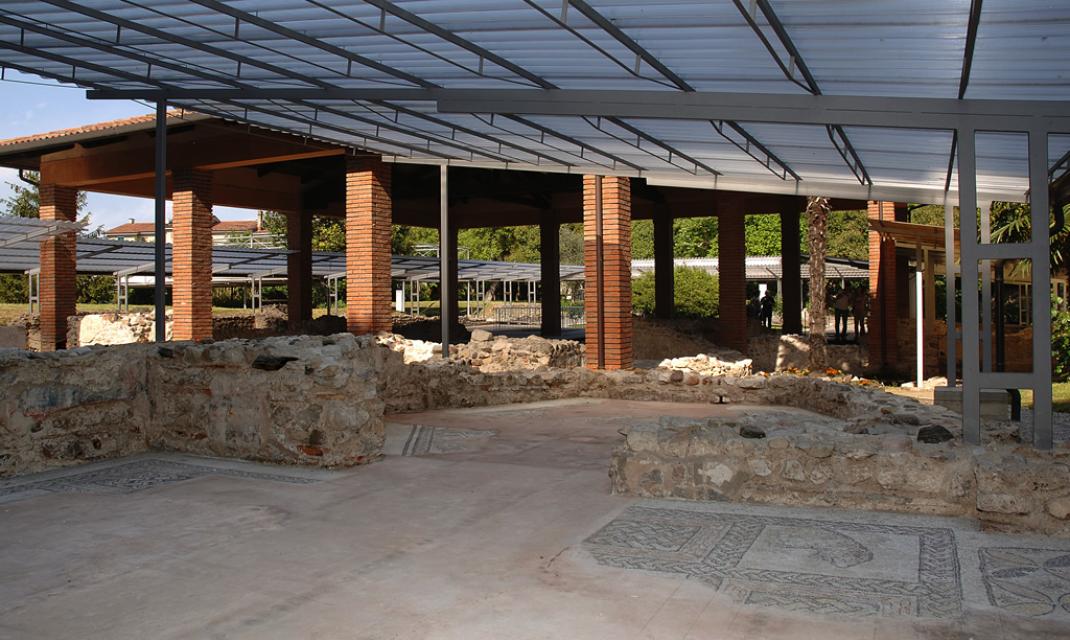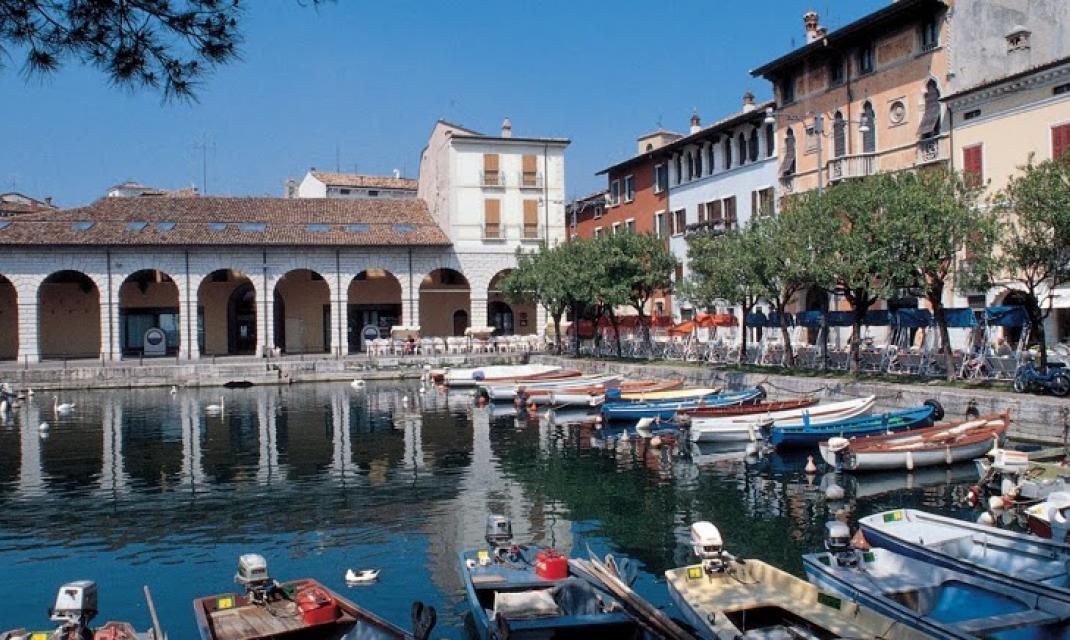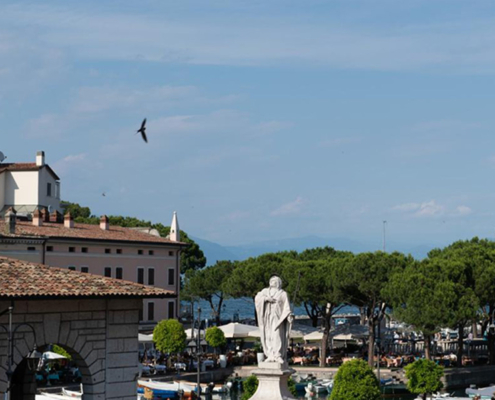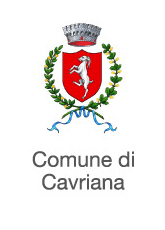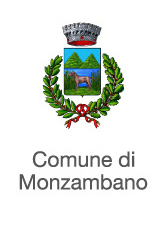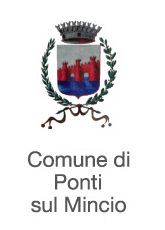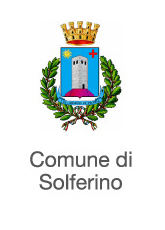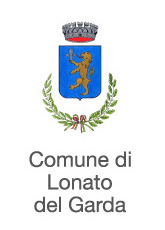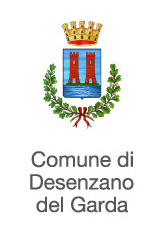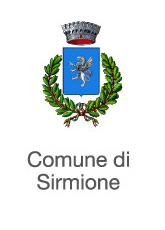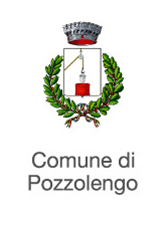![]() – Desenzano del Garda
– Desenzano del Garda
Saint Angela Merici, patron saint of Desenzano del Garda
Originally from Desenzano del Garda, born in 1474 to a peasant family, Angela Merici was a Franciscan mystic and tertiary. Her initiative, revolutionary for the time, to open schools for girls. In 1535 she founded the Congregation of the Ursulines. Every year on January 27, the day of her death in 1540, the city of Desenzano celebrates her with celebrations and religious rites.
The life of Saint Angela Merici took place between the end of the fifteenth century and the first half of the sixteenth century, in that extraordinary period of intellectual ferment, scientific and artistic acquisitions which goes by the name of the Renaissance. In recent years, in the most religiously sensitive environments, there has developed a tendency to abandon philosophical and theological speculations to return to a concrete and personal Christian life, based on meditation and living the Gospel. It is in this humus that Angela Merici’s extraordinary spiritual experience matures, materializing in the foundation of the Company of Sant’Orsola, which will give shape to a new dignity of women with the consecration experienced no longer in the cloisters but in the world, within families . Her prophecy does not manifest itself, therefore, in apocalyptic and millenarian forms, but in attention to the signs of the times and in their interpretation.
The novelty and audacity of Saint Angela’s proposal lies in placing at the center the model of the primitive church, the type of life of the apostles and the first Christian communities, thus opening the way to a modern devotio.
Angela was born in Desenzano del Garda around 1474 to a member of the small rural nobility, who moved from Brescia to the Garda coast probably to carry out mercantile activities. Angela’s life was marked by bereavements early on: the death of her sister, to whom she was very close, and her parents. She is still a teenager when she is welcomed by her wealthy maternal uncle in Salò. She will remain here for several years and she will wear the habit of a Franciscan tertiary in the Convent of the Observant Minor Friars of S. Bernardino. We know very little about this long period of training, which goes from childhood to maturity. The scant information handed down agrees in underlining his early inclination to prayer, fasting and the contemplative life. However, it is the death of her sister that has the greatest impact on her soul, since the pain of her emotional loss is compounded by trepidation for her otherworldly destination.
The famous consoling vision of the “staircase” which prefigures the foundation of the Company of St. Orsola is linked to this event. In his emblematic nature, Father Landini, of the Congregation of the Fathers of Peace and confessor of the Company of St. Ursula, about forty years after Angela’s death, writes:
(…) “and once raised to the spirit, it seemed to him that the heavens opened and a marvelous procession of angels and virgins came out, reciprocally from two to two.”
who played and sang together. Implicit in this uninterrupted unfolding of the procession of angels and virgins that unites earth to heaven is the reference to Jacob’s ladder. In 1516 Angela, at around forty years old, moved to Brescia to Caterina Patengola’s house to console her for the death of her children. Here begins her mission of comfort and advice which, little by little, will expand to embrace all those who have recourse to her, to her prayers, to her mediation and to her pacifying action. For Angela it is the mystical period of her prayer and charity. The merchant Antonio Romano, Girolamo Patengola, nephew of Caterina Patengola, the agronomist Agostino Gallo and Giacomo Chizzola, one of the most brilliant exponents of the local patriciate, ambassador of the Serenissima and founder of the Academies of Rezzato and of Brescia.
Around 1520 Angela began to make pilgrimages to the holy places of Christianity. Pilgrimage has always implied a profound interior conversion, so much so as to symbolize humanity on the journey in search of Christ. Angela takes up this devotional modality which in the past had characterized the spirituality of other saints, such as St. Ursula, a Breton nobleman and martyr in the 3rd-4th century, and to whom she will dedicate the Company. As her first itinerary (1522) Angela chooses the tomb of the blessed Osanna Andreasi, who died stigmatized in 1505 in Mantua.
But it is her journey to the Holy Land, in 1524, that takes on a particular meaning in her spiritual journey. When the pilgrims’ ship arrives in Candia (Crete), an extraordinary “sign” happens, a sort of “inverted” miracle, that is, the almost complete loss of her sight, which prevents her from seeing the Holy Land. Her first biographers read this episode in a supernatural way: the Lord makes her blind in her senses to force her to look with the eyes of the spirit, to refine her understanding of her plan. According to Agostino Gallo, Angela herself confided to him that she saw the holy places with her internal eyes as if she had seen them with her external ones. After a fortunate return, in which men and natural elements seem to conspire against the pilgrims’ ship, Angela arrives in Venice at the end of 1524.
Her reputation for sanctity spreads throughout the lagoon city and many religious men, gentlemen and ladies go to meet this veteran of the Jerusalem pilgrimage, to whose prayers the other travelers attribute their salvation. Her journey has profoundly changed her and her transformation must be very evident: for her, who has now taken on the connotations of a “living saint”, a new dimension of public apostolate begins. She returned to Brescia, and after a few months she went on a pilgrimage to Rome for the jubilee year of 1525, where she was received by the Pope who proposed the idea of staying there in the pious places, an invitation which she declined.
When Angela returns to Brescia, at just over fifty years old, she is no longer the same “pious woman” who left for her first pilgrimage. The geography of her spiritual life shaped her, made her more intense and profound, wise, better able to grasp the spiritual essence of things. She returns full of charisma: the sanctity of her life is now recognized, from the Holy Places of Jerusalem to Venice, the center of mercantile traffic, to Rome, the center of Christianity, to Milan, perhaps the most important Italian production center.
On 25 November 1535, the feast of St. Catherine of Alexandria, he founded the Company of St. Ursula, which immediately presented its own asceticism, linked to the eschatological value attributed to the virginal consecration experienced without canonical vows: this new state was proposed to those who wish to sanctify their existence neither by entering a monastery nor by marriage. It is the middle path, the most virtuous, since in it the renewal of the spirit, with the mystical marriage, corresponds to a regeneration of the life lived in the world. To this Company Angela leaves a Rule, Memories and Legacies of profound ascetic and spiritual value, imbued with notable pedagogical intuition.
The new condition of consecrated life, born from Merician intuition, overturns the hierarchies of female destinies in the heavens. In fact, with the new Company, which came from Heaven in the strength and power of the Holy Spirit, every consecrated woman can sanctify her own existence not closed within the walls of a convent, but by living and operating in the world on the model of the primitive church. This implicitly brought with it the attribution of dignity to every “state” or condition of women, in a world that instead viewed unmarried women with suspicion, outside the two socially recognized states of marriage and monasticism; in fact, the nuptial union with Christ placed these women outside the traditional mold, giving them back the direct protection of their honor. Certainly the Company watched over them, with its hierarchical-maternal structures, but the profound novelty of such an attitude cannot be ignored, in a period in which the spaces of freedom for women were beginning to reduce.
An exceptional artist, Girolamo Romanino (1484-1559), contributed to the elaboration of Merici’s symbolic apparatus with the famous canvas which today is located in the Brooks Memorial Gallery in Memphis. The work constitutes, in fact, a sort of “manifesto” of the Company of Saint Ursula, with Saint Catherine of Alexandria kneeling in the center while she receives the wedding ring from Baby Jesus, stretched out on Mary’s knees. On the left, in the dim light illuminated only by a distant light source like embers, there is Saint Lawrence, a clear allusion to the Vicar General of Brescia who approved the Rule. In a slightly backward position, on the right, there are Saint Angela in the guise of a Franciscan tertiary and Saint Ursula who, clutching the banner, seems to indicate to Angela the new path to take. It has been said that the mystical marriage of Saint Catherine takes on a particular symbolic value for the Ursulines, so much so that they define their Company as the “Company of the Brides of Jesus”.
In fact, the symbolic importance of the coronation rite, through which the Ursuline becomes sponsa Christi, cannot be overlooked; in Romanino’s painting this dignity is represented by the crown of Saint Catherine, placed between the blades of the wheel of her martyrdom, which every daughter of Saint Angela will pick up and wear at the end of her own “martyrdom”. Upon her death, on 27 January 1540, when word of her “transit” spread in Brescia, a large crowd poured into the church of S. Afra, today the sanctuary of S. Angela Merici, where the body of her in an open coffin. For thirty days he remained exposed to the incessant pilgrimage of faithful without showing signs of decomposition and it was the Brescian painter Moretto (1498-1554) who created his funeral portrait.
The chronicles say that after her death extraordinary events occurred and that in the early evenings a very great splendor or a very bright star appeared above the church of S. Afra corresponding perpendicularly to the site where the Blessed Body lay. Venerated for over two centuries, the process of canonization was opened in 1757 at the request of Mother Luisa Schiantarelli, superior of the Ursulines of Rome. A decade later, in 1768, she was proclaimed blessed by Clement XIII and finally canonized by Pope Pius VII in 1807. Pius IX in 1861 extended her cult to the universal Church. Her liturgical memory, celebrated as a solemnity by the Ursuline Companies and Institutes, occurs on January 27.
Good to know


